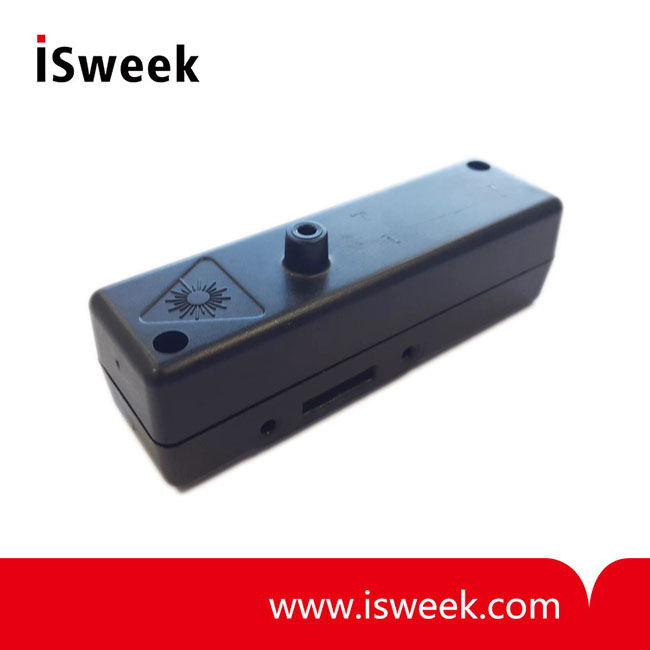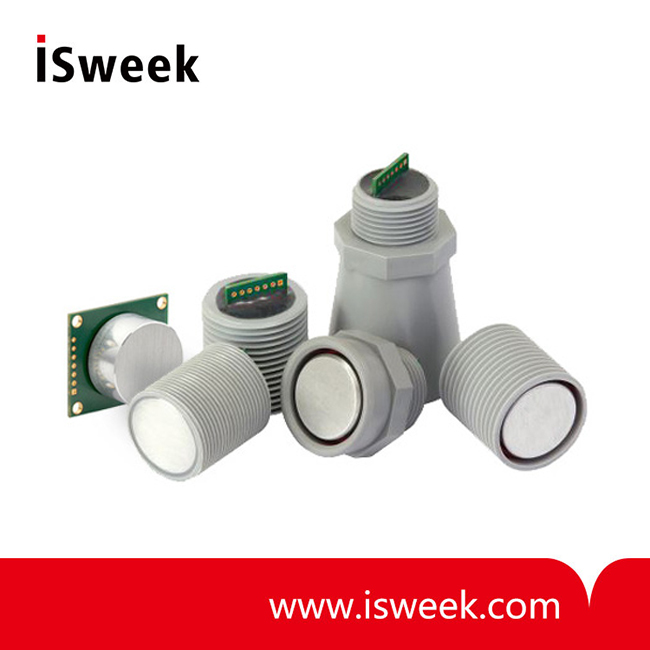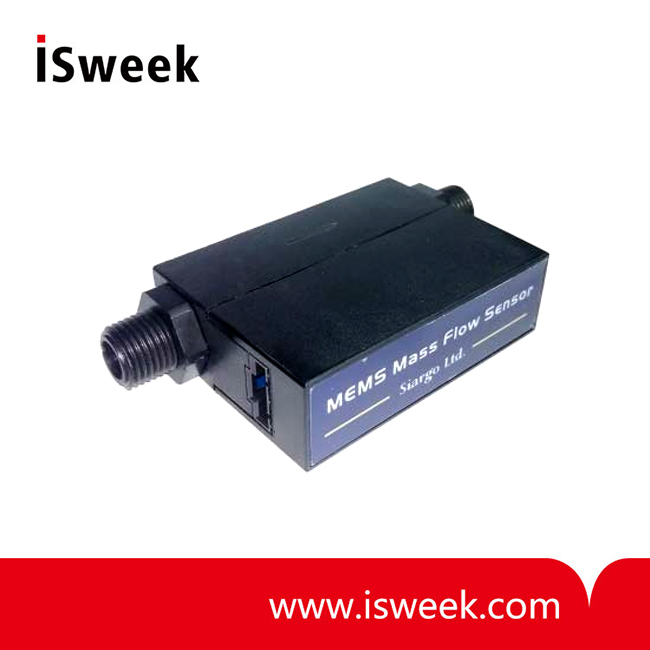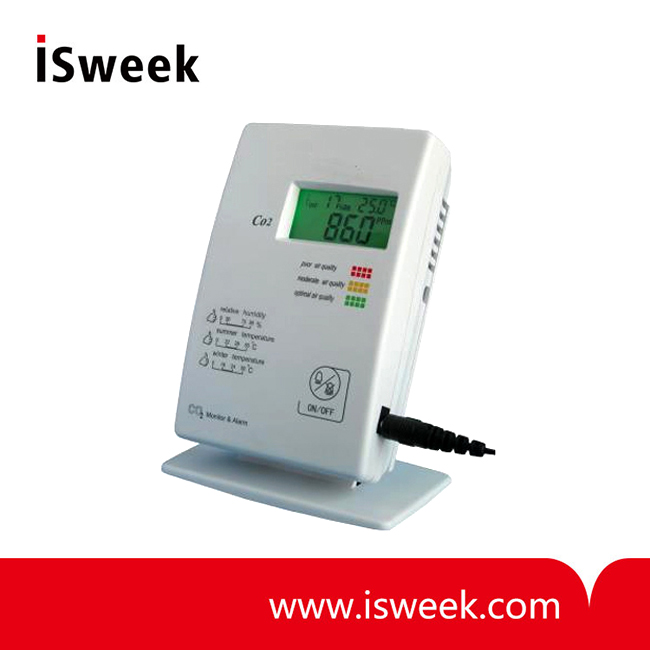Greenhouses and grow rooms play a pivotal role in modern agriculture, offering controlled environments to optimize plant growth and maximize yields. As part of Agricultural IoT (Internet of Things), CO2 sensors have become essential tools for monitoring and maintaining optimal conditions in these environments. This article explores the importance of CO2 sensors, their role in greenhouse and grow room management, and why choosing the best CO2 sensors is crucial for agricultural success.

Why Is CO2 Monitoring Important in Greenhouses and Grow Rooms?
Greenhouses and grow rooms are designed to create ideal conditions for plant cultivation, regardless of external weather. By controlling variables like temperature, humidity, and CO2 levels, growers can enhance plant growth and productivity. Among these variables, CO2 concentration is critical because it directly impacts photosynthesis, plant health, and crop yield.
Impact of CO2 Levels on Plants
- Insufficient CO2: Plants rely on CO2 for photosynthesis, and inadequate levels can stunt growth. Symptoms include dull, slow-growing leaves, delayed flowering, fewer female flowers, and lower-quality fruits. In extreme cases, plants may produce deformed fruits and exhibit weak overall health.
- Excessive CO2: While CO2 is essential, too much of it can harm plants, causing leaf curling, disrupting photosynthesis, and hindering oxygen absorption.
To address these issues, CO2 supplementation, often referred to as “air fertilization,” is used in greenhouses and grow rooms. The ideal CO2 concentration for most crops ranges between 1000 and 1500 ppm. However, CO2 levels fluctuate throughout the day due to plant respiration and photosynthesis cycles. Monitoring and controlling these levels are essential for maintaining an optimal growing environment.
CO2 Monitoring for Edible Mushrooms
In addition to traditional crops, CO2 sensors are indispensable for cultivating edible mushrooms. Mushrooms thrive in environments with controlled CO2 levels, which directly influence their growth rate, size, and yield. Installing high-quality CO2 sensors allows growers to maintain the precise conditions needed for premium mushroom production.
The Role of Agricultural IoT in CO2 Monitoring
Agricultural IoT integrates advanced technologies to automate and optimize greenhouse and grow room management. By incorporating wireless CO2 sensors, IoT systems enable real-time monitoring, data analysis, and automated controls for maintaining ideal conditions. These systems reduce human intervention, improve efficiency, and ensure consistent crop quality.
Best CO2 Sensors for Greenhouses and Grow Rooms
COZIR-A Ultra Low Power Digital Output NDIR CO2 Sensor
The COZIR-A stands out as one of the best CO2 sensors for greenhouse and grow room applications, thanks to its ultra-low power consumption and high performance. It is specifically designed to meet the demands of Agricultural IoT, offering features that make it ideal for precision agriculture.

Key Features of COZIR-A:
- Ultra-Low Power Consumption: Consumes only 3.5mW, making it suitable for battery or solar-powered systems.
- High Accuracy: Measures CO2 levels with low noise and ranges up to 1%.
- Compact Design: Easy to install and portable, fitting seamlessly into IoT setups.
- Optional Sensors: Can integrate temperature and humidity sensing for comprehensive environmental monitoring.
- Broad Measurement Range: Available in 0-2000 ppm, 0-5000 ppm, and 0-1% configurations, making it versatile for various crops and applications.
Why Choose COZIR-A for Greenhouse and Grow Rooms?
- Precision Monitoring: Ensures CO2 levels remain within the optimal range, promoting healthy plant and mushroom growth.
- IoT Compatibility: Designed for seamless integration into wireless Agricultural IoT systems, enabling automated controls and data tracking.
- Energy Efficiency: Perfect for remote locations or areas relying on renewable energy sources.
Advantages of Using CO2 Sensors in Agricultural IoT
- Enhanced Crop Yields: Maintaining optimal CO2 levels accelerates plant growth and improves fruit and vegetable quality.
- Resource Efficiency: IoT-enabled CO2 sensors reduce the need for manual monitoring and ensure precise use of air fertilizers.
- Data-Driven Decisions: Real-time data from sensors allows growers to adjust environmental conditions quickly, minimizing crop loss.
- Sustainability: Low-power sensors like COZIR-A align with sustainable agriculture practices, reducing energy consumption and environmental impact.
Conclusion
The integration of CO2 sensors in Agricultural IoT systems is revolutionizing greenhouse and grow room management. By choosing the best CO2 sensors, such as the COZIR-A, growers can optimize environmental conditions, improve crop quality, and increase yields for vegetables, flowers, and even mushrooms. Whether you’re managing a small grow room or a large greenhouse, investing in reliable CO2 sensors is a smart step toward sustainable and efficient agriculture.







isweek.com is interesting, but you must improve graphics
Like!! Thank you for publishing this awesome article.